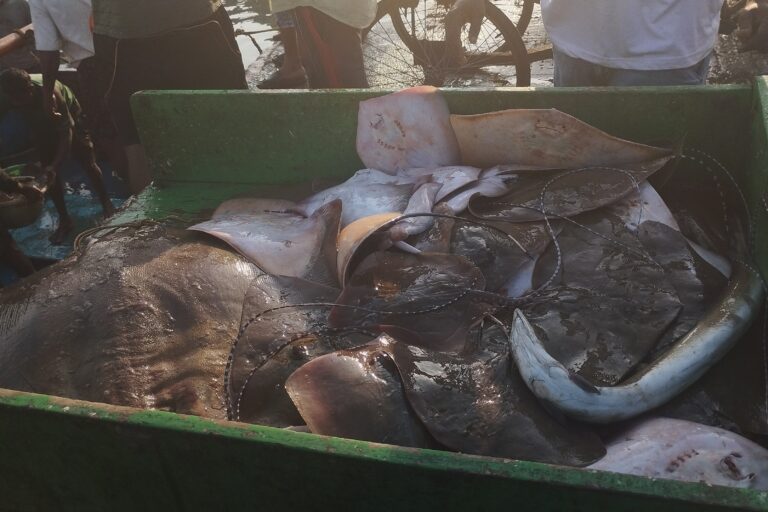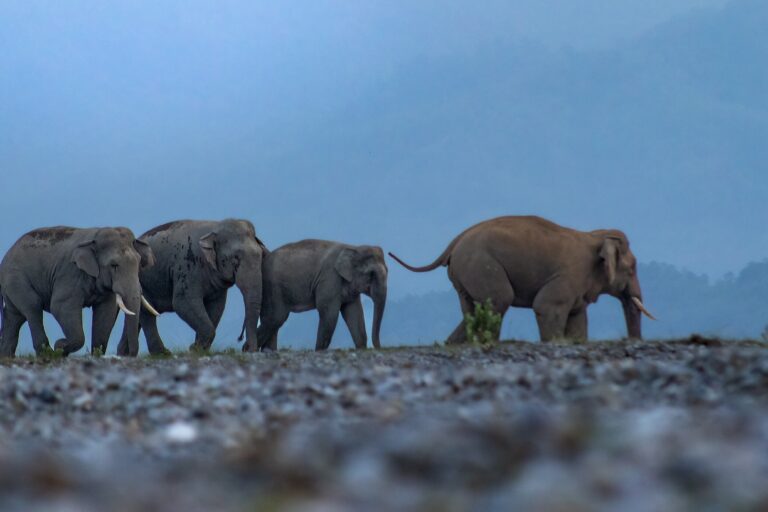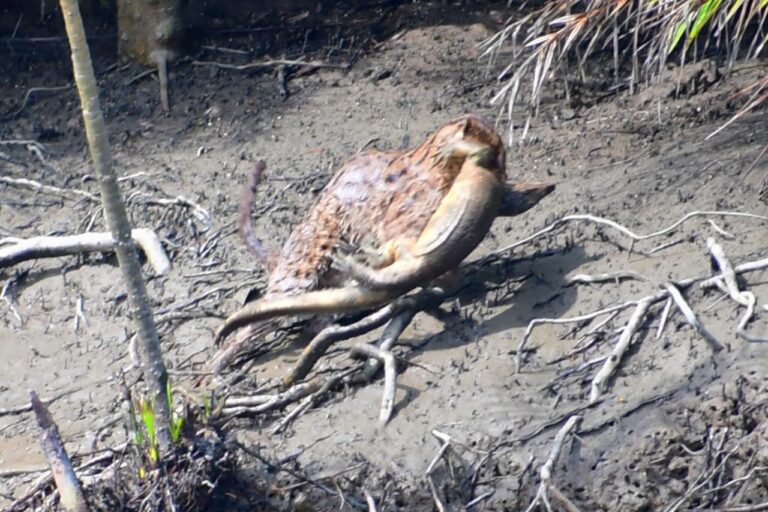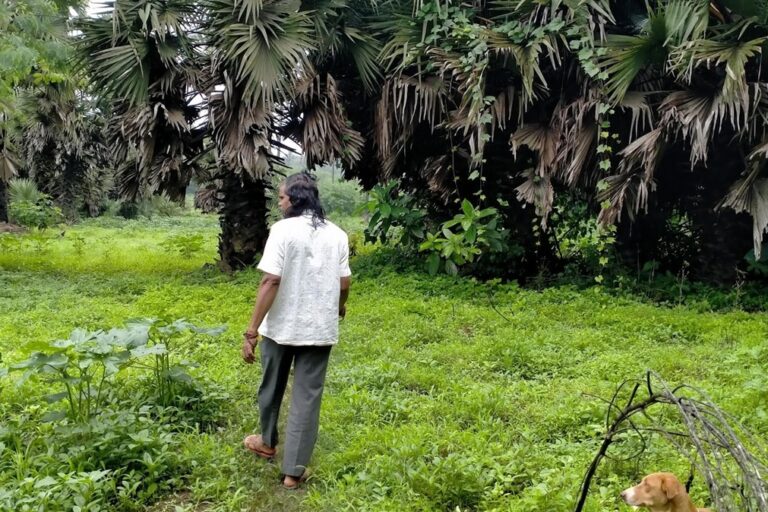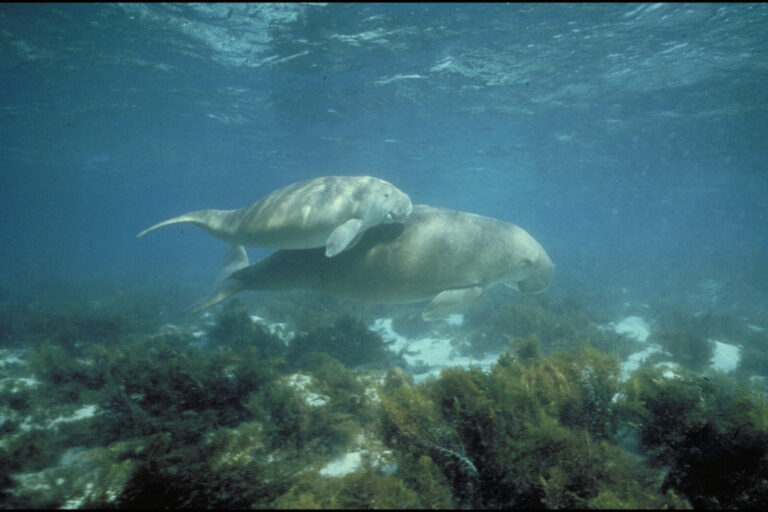- In Assam, misinformation about the Russell’s viper has led to panic and hostility towards the snake, with at least three reported incidents of snake killing, including similar-looking snakes of other species.
- As sensational news items, containing false information, rake up anger against the Russell’s viper, experts say that the severity of a snakebite depends on a range of factors such as the amount of venom injected, species and size of the snake involved, age and size of the patient and the patient’s sensitivity to the venom.
- While the Russell’s viper is rare in Assam, scientific records show that it is not alien to the state. In recent times, people have reported more frequent sightings of the species.
On July 12, 2024, a group of farmers in Namrup, a small town in Assam’s Dibrugarh district, panicked when they saw a stout, muscular snake with brown colouration, slithering in a corner of the paddy field they were working on. Confusing the non-venomous Burmese python, for a highly venomous Russell’s viper, the farmers killed the snake. The Russell’s viper, also a large snake with dark markings like the python, had been the subject of exaggerated news reports and an ongoing social media frenzy.
Two similar incidents were reported from Chapar in western Assam’s Dhubri district, where a juvenile Burmese python and a rough-scaled sand boa were killed by village residents that misidentified the non-venomous snakes for the Russel’s viper.
The Russell’s viper (Daboia russelii) is often confused with the juvenile Burmese python (Python bivittatus) and the rough-scaled sand boa (Eryx conicus) or any other snake species that share similar physical traits, such as stocky, muscular bodies and keeled dry-looking scales.

Over the past few months, there has been a social media frenzy regarding what local news reports have claimed to be the “sudden appearance” of the Russell’s viper, one of India’s most venomous snakes, in Assam. The panic started in November last year, after a 13-year-old boy, Tanmoy, succumbed to a bite from a Russell’s viper while shepherding his cows in the Bihaguri-Kalitagaon village of Sonitpur district.
In a recent interview posted on YouTube, Deepankar Barman, 34, narrated how he got bitten by the snake in the Rakhaldubi area of Bongaigaon district and later recovered after antivenom treatment in 2016. While there are no official records for Russell’s viper bites in the state, Barman’s is the first documented incident in Assam, according to Dr. Surajit Giri, an anaesthesiologist known for his expertise in snakebite treatment at the Demow Model Hospital in Sivasagar. A paper published in the journal Herpetozoa in 2019 provides a detailed account of Barman’s envenomation by the Russell’s viper and the treatment protocol.
According to Giri’s records so far, there have been five incidents of confirmed Russell’s viper bite across the state, one in Bongaigaon district, three in Chirang, and one in Sonitpur. While four of the Russell’s viper bite patients recovered after antivenom treatment, one — the 13-year-old in Sonitpur — succumbed to the bite.
Saurav Borkataki, a snake rescue expert from Sonitpur, says when Tanmoy was bitten by the snake, he ran towards his house instead of standing still or being carried by someone else. “The boy got scared and ran towards home. The snake venom spread throughout his body in the process.”
The World Health Organization’s (WHO) snakebite management guidelines state that the snakebite patient should be completely immobilised. Especially the affected limb, should be kept still. And a makeshift stretcher should be used to carry the person to a place where transport is available to take them to a health facility. Staying still and calm prevents the venom from spreading to other parts of the body until medical help arrives.
The tragic incident of Tanmoy’s death has not only created panic and fear of snakes but also stoked incidents of snake killing.
Misinformation about Russell’s viper
Since the death of Tanmoy, the 13-year-old teenager from Sonitpur, Assamese language news portals and news channels have been publishing reports about the Russell’s viper, with many containing misinformation about the snake. Online media has been flooded with reports with sensational headlines such as ‘mrityudut (bringer of death) Russell’s vipers’ or ‘Russell’s vipers looming’. One particular news item posted by Pratibimba Live stated “a person can die within twenty seconds of a Russell’s viper bite” and “the species has been spotted for the first time in Assam.” Similarly, a sensational report by News Daily 24 stated that “a person inflicted by a Russell’s viper bite may die in the blink of an eye” and “a Russell’s viper bite patient will succumb before reaching the hospital for treatment.” Earlier a report, aired by News18 Assam on 26 November, 2023, stated that “the Russell’s viper is an alien species in Assam.”
Dr. Giri says that these news items contain outright false information. “The severity of snakebite envenomation depends on a range of factors such as the amount of venom injected, species and size of the snake involved, age and size of the patient, and the patient’s sensitivity to the venom,” he tells Mongabay India. “To say that a Russell’s viper bite patient may die in twenty seconds after the bite is complete misinformation. If left untreated, the patient may succumb to various complications such as kidney, respiratory or cardiac failure as early as within a day of the bite. But it really depends on the pre-existing health conditions of the patient and the nature of the bite. No snake can cause death to a human in the ‘blink of an eye’,” he adds.
Indian Naturalist J. C. Daniel’s The Book of Indian Reptiles and Amphibians (2002) states that envenomation by a Russell’s viper bite may cause death of an adult human in 1 to 14 days after the bite.
Snake rescuer Borkataki says that while the Russell’s viper is extremely rare in eastern Assam, the snake is certainly not an alien species in the state. “The record of the snake in western districts of Assam dates back to at least a hundred years.”
In a post that went viral, shared in an Assamese language Facebook group called Grantha Subas, it is claimed that “Russell’s viper both lay eggs and give birth.” Whereas, in reality, it is an ovoviviparous species giving birth to young ones by hatching the eggs internally. Some social media users are also spreading misinformation that “the Russell’s viper actively pursues humans” though experts say the species is not inherently aggressive and prefers to avoid human contact, hiding or fleeing when disturbed. In the ensuing panic and public fear, Assamese language social media has been flooded with calls to kill Russell’s vipers.
“If I happen to encounter this snake I will kill it. Even if I have to go to jail, I will kill this snake,” commented a social media user on a viral Facebook post about the Russell’s viper.
Borkataki says people are calling for killing of the snake out of fear that it causes death. “They fail to grasp the importance of snakes for biodiversity or the ecological consequences of killing snakes.”

Social media backlash against snake rescuers
Snake rescuers have also faced backlash on social media. On August 2, Borkataki posted, on his Facebook account, a photo of a Russell’s viper rescued from Bihaguri in Sonitpur earlier that day. Hundreds of people demanded that the snake not be released in the local forests. One person commented, “Please take the snake home and keep it there.” Several people demanded to know where he’d released the Russell’s vipers that had been rescued earlier. Many commenters also questioned why a snake “alien to Assam” has been released to the wild to propagate.
Speaking out against calls to kill snakes has also prompted a backlash. A man commented on Borkataki’s Facebook post, “You are responsible for the proliferation of the Russell’s viper here because you tell people not to kill the snake.” Similarly, when Ritu Priyam, a writer and secretary of a local conservation non-profit Bihangam Prakriti Suraksha Sangstha, wrote a post on Facebook that pointed out the misinformation being spread about the species and spoke against calls to kill the snake, a man commented, “You should take these snakes to your homestead.”
![A screengrab from a news published by Pratibimba Live, an Assamese news channel, on the Russell’s viper. The headline says, “A person can die within 20 seconds of a bite from this [Russell’s viper] snake.” Image from Bikash K. Bhattacharya.](https://imgs.mongabay.com/wp-content/uploads/sites/30/2024/08/23030433/Photo-4-scaled.jpg)
Records of Russell’s viper in Assam
Although the occurrence of the snake was known to be quite rare until recently, scientific records show that the Russell’s viper is not alien to Assam, especially in the western districts of the state. The snake is primarily a resident of open land, grassy, scrubby or bushy vegetation, rice fields and other agricultural areas. But it avoids rainforests. This may be the reason for its apparent rarity in northeast India, which is a mesic habitat, suggests a 2019 study published in Herpetozoa.
The earliest documented sighting of the species in Assam dates back to 1929. In a report titled Occurrence of the Russell’s viper in the Brahmaputra Valley written on August 17, 1929, and published in the Journal of Bombay Natural History Society, J. Loudon states that he had spotted two individuals of the species and even collected a specimen from the Darrang district near Bhutan foothills. The specimen in possession of Loudon was indeed found to be a Russell’s viper as per the footnote added by the editors of the journal.
The species also finds mention in Hema Kosa, the first Assamese language dictionary, published in 1900. The dictionary mentions the snake by its local Assamese name, moroli.
Joydeep Chakrabarty of Nature’s Foster, a Bongaigaon-based conservation non-profit, says that as per records available with them, a Russell’s viper was rescued from the Bongaigaon Refinery and Petrochemicals Limited (BRPL) plant compound as early as 1994. Similarly, wildlife photographer Prasanta Kumar Bordoloi told Mongabay India that he’d clicked a picture of a Russell’s viper in Tezpur way back in 1996.

In the recent years there have been frequent sightings of the species in western Assam. Kartik Urao, a snake rescuer from Bongaigaon and secretary of wildlife protection at the non-profit Nature’s Foster, told Mongabay India that he has rescued 14 Russell’s vipers in the last three years from Bongaigaon and Chirang districts.
Chakrabarty says that it’s difficult to say without any study if the population of the species has increased but sighting of the snake in Bongaigaon has certainly increased over the years. “In the Bongaigaon district, frequent sighting of the snake is reported from areas that has seen huge deforestation in the last two decades. For example, the areas to the north of Kakoijana Reserved Forest saw massive deforestation between 2002 and 2012. The highest number of Russell’s viper sightings in the district have been reported from the same area,” he says. Between 2001 and 2023, Bongaigaon lost 254 hectares of tree cover. This significant habitat loss has pushed wildlife, including the Russell’s viper, into closer contacts with humans.
Further, the 2019 Herpetozoa study on the distribution of the Russell’s viper, suggests that the increase in temperature, coupled with expansion of xeric (dry) habitat, could augment the capability of the snake to expand its range in northeast India.
Biswajit Chakdar, an ecologist at the Bombay Natural History Society (BNHS) and one of the co-authors of the Herpetozoa study, says, “Globally, climate change has greatly affected the distributional patterns of snakes.” Indeed, studies elsewhere have shown venomous snakes expanding their range as a result of climate change. “The same can’t be ruled out for the Russell’s viper.”
Read more: Venomous snakebites, an occupational hazard for women tea workers
Banner image: The Russell’s viper rescued by Saurav Borkataki on August 2, 2024, from the Bihaguri area of Sonitpur district. Image by Saurav Borkataki.









